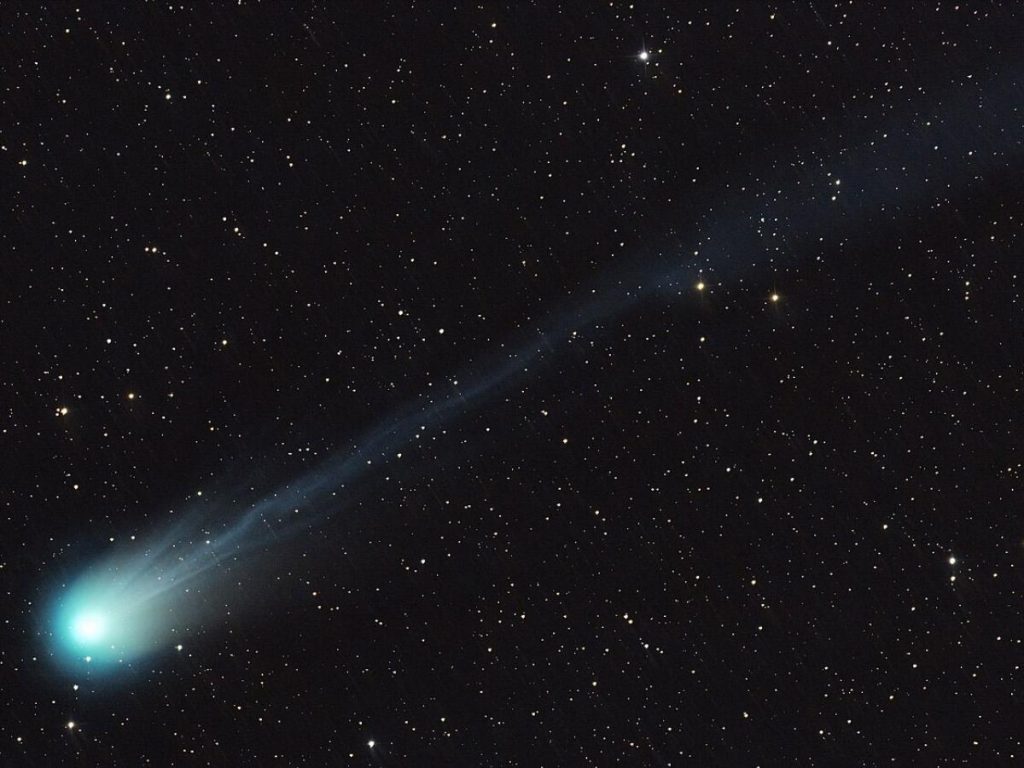
What would it be like to study the building blocks of other star-forming systems right here in our own cosmic neighborhood? The flyby of 3I/ATLAS, just the third interstellar visitor to travel through our solar system, sent shock waves among astronomers. Like with transient meteor showers or periodic comets, this ancient visitor gives astronomers a glimpse of the chemistry and physics of other worlds many light-years from our Sun.
Since its July 1, 2025, discovery by the ATLAS survey telescope in Chile, 3I/ATLAS has been the subject of an international scientific campaign. Detailed images from the Hubble Space Telescope, supplemented by multi-wavelength observations at observatories worldwide, are rapidly transforming speculation into a close-up scientific portrait. Seven of the most intriguing facts about this cosmic visitor and why its brief stopover can redefine our understanding of planetary systems across the galaxy are revealed here.
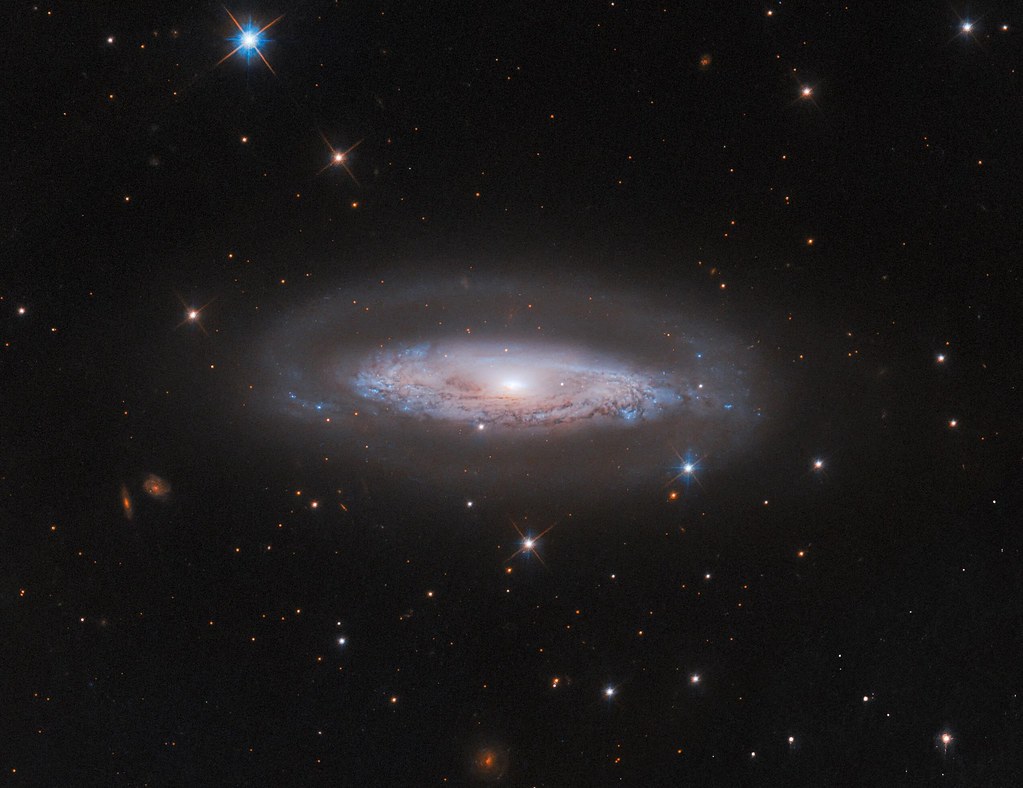
1. A Hyperbolic Messenger: Verifying Interstellar Provenance
3I/ATLAS’s path leaves little to question its origins. With an orbital eccentricity of approximately 6.1, it is on a fiercely hyperbolic course, far outside the limit that separates bound solar system objects from true interstellar travelers. As European Southern Observatory’s Olivier Hainaut put it to Space.com, “This one is firmly hyperbolic on the way in, so interstellar.”
Its speed in arriving, nearly 58 km/s, and its path a straight course toward us from the region of Sagittarius near the galaxy center, all contribute to verify it as a galactic castaway. It is not an innocent solar system visitor, but an outgoing sojourner, destined for the universe beyond our Sun’s sphere of influence forever.
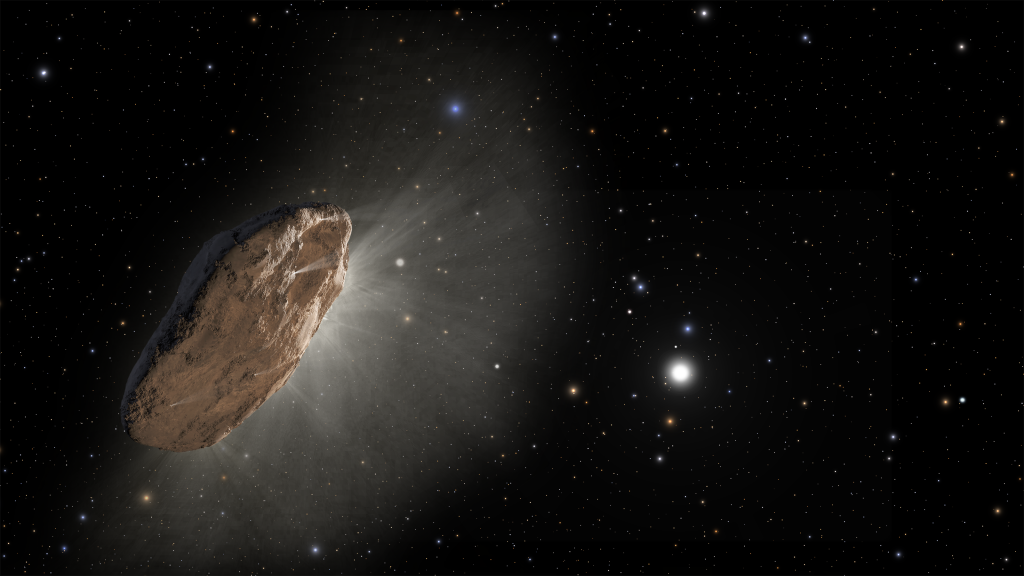
2. The Largest and Brightest Interstellar Object Yet
Hubble and ground-based telescope readings place 3I/ATLAS’s nucleus between 4 and 9 miles in diameter larger than any other interstellar object that has so far transited through our solar system. To give this some context, 1I/ʻOumuamua was approximately 0.1 mile in width, and 2I/Borisov was about 0.4 mile.

The coma, a cloud of dust and gas, around the object is as much as 15 miles in breadth, further enhancing its glow and having it placed in record books even in relation to those that have naturally come into existence. As University of Central Lancashire Senior Lecturer in Astronomy Mark Norris explained to Space.com, “It’s about 15 km [9 miles] in size, with huge uncertainty, compared with 100m for 1I/’Oumuamua and less than 1km for 2I/Borisov.” This size advantage gives astronomers a never-before-seen opportunity to study interstellar material at close range.
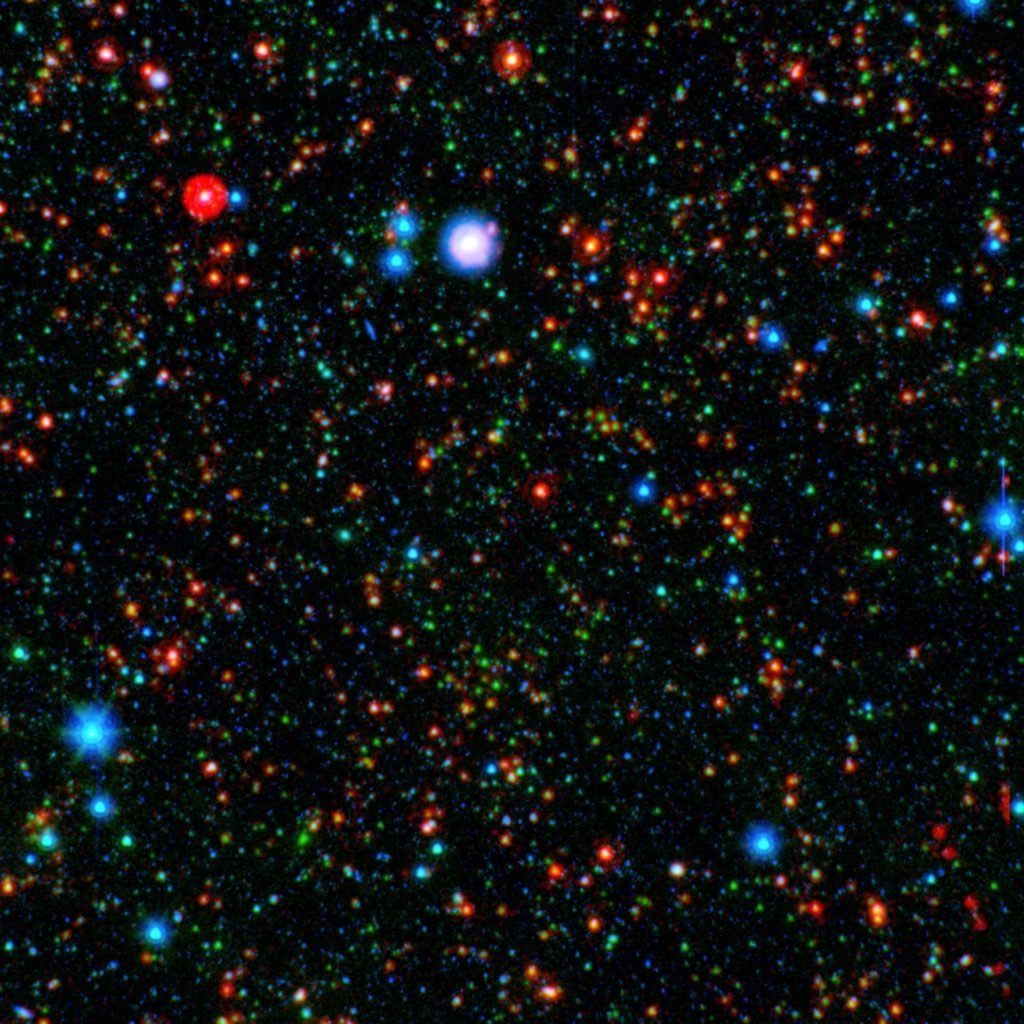
3. A Window Into the Ancient Galaxy
The most surprising, perhaps, is the 3I/ATLAS’s estimated age. Its kinematics imply it was formed in a low-metallicity region of the Milky Way, likely in the thick disk, and thus is billions of years older than our solar system. University of Oxford astrophysicist Chris Lintott remarked, “We think there’s a two-thirds chance this comet is older than the Solar System, and that it’s been drifting through interstellar space ever since.”
This ancient birth makes 3I/ATLAS a time capsule record of the chemistry and dynamics in planetary systems prior to our Sun. Its past can be used by astronomers to construct the galactic framework under which it formed.
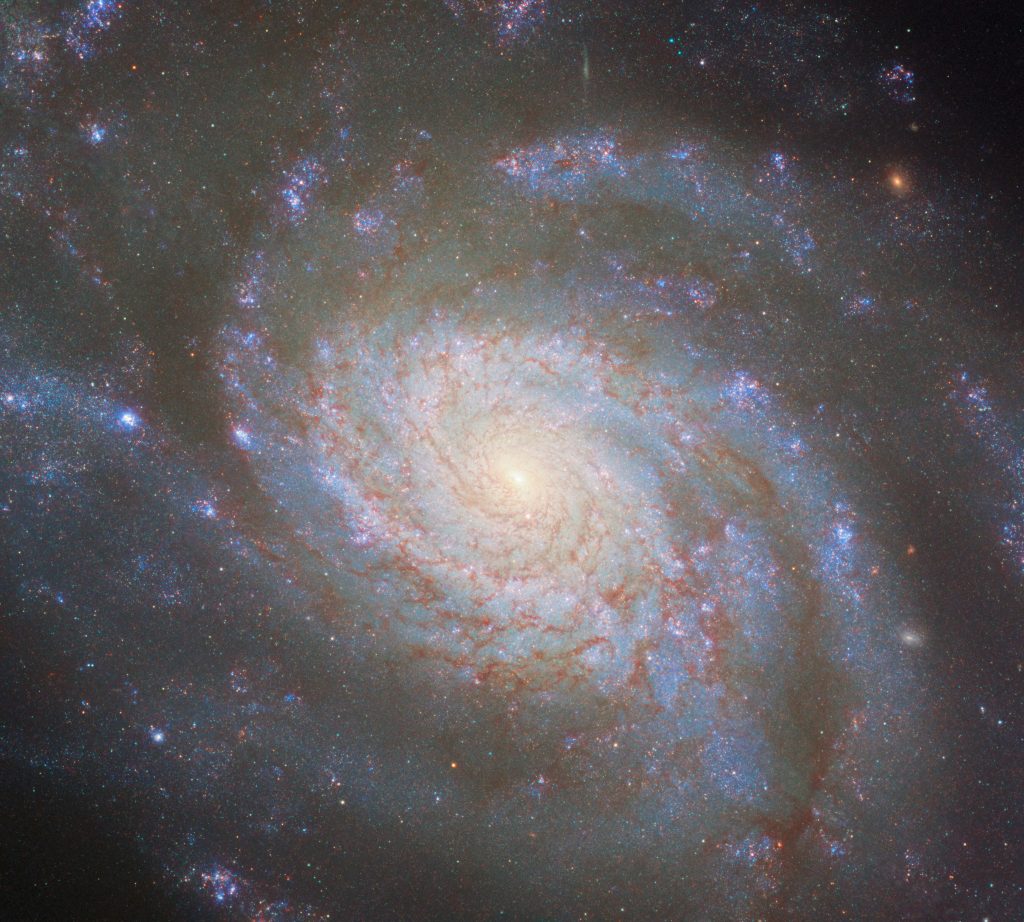
4. Spectral Fingerprints: Water Ice and D-Type Dust
Multi-wavelength spectroscopy revealed rich and diversified composition. Rich water ice and silicate dust grains are present in the coma, identical to that of D-type asteroids in the outer Solar System. In a recent preprint, “3I/ATLAS is an active interstellar comet with high water ice concentrations, whose dust composition is more similar to D-type asteroids than ultrared trans-Neptunian objects.”
Spectral modeling indicates that approximately 30% of the coma by surface area is composed of water ice, with the rest being composed of carbonaceous and organics-rich minerals. Such a composition implies formation past the snowline of the host system where water ice may survive for billions of years. Such materials are the foundation for models proposing that comets can provide planetary formation with the ingredients needed and life itself.
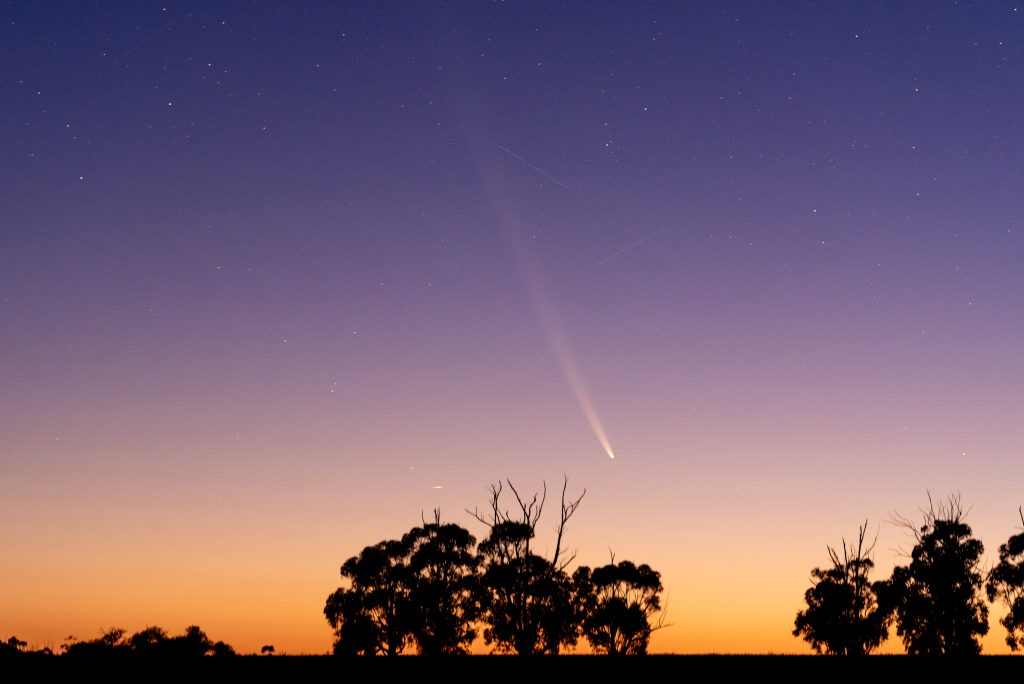
5. Active Process: A Fuzzy Coma and Expanding Tail
Unlike 1I/ʻOumuamua, which was dormant and manifested no activity whatsoever, 3I/ATLAS rapidly developed a bright, fluffy coma and a dust tail that was at least 16,000 miles long. Solar heating causes volatile ices to sublimate and release gas and dust into space.
Exposure in both the Canada-France-Hawaii Telescope and the Very Large Telescope revealed a shrinking but compact coma, with minimal change in light curve over days. The comet’s activity is observed to be augmenting while heading toward the Sun, and sublimation from water-ice is predicted to drive the event. This renders 3I/ATLAS a parallel to 2I/Borisov albeit on a far grander scale.
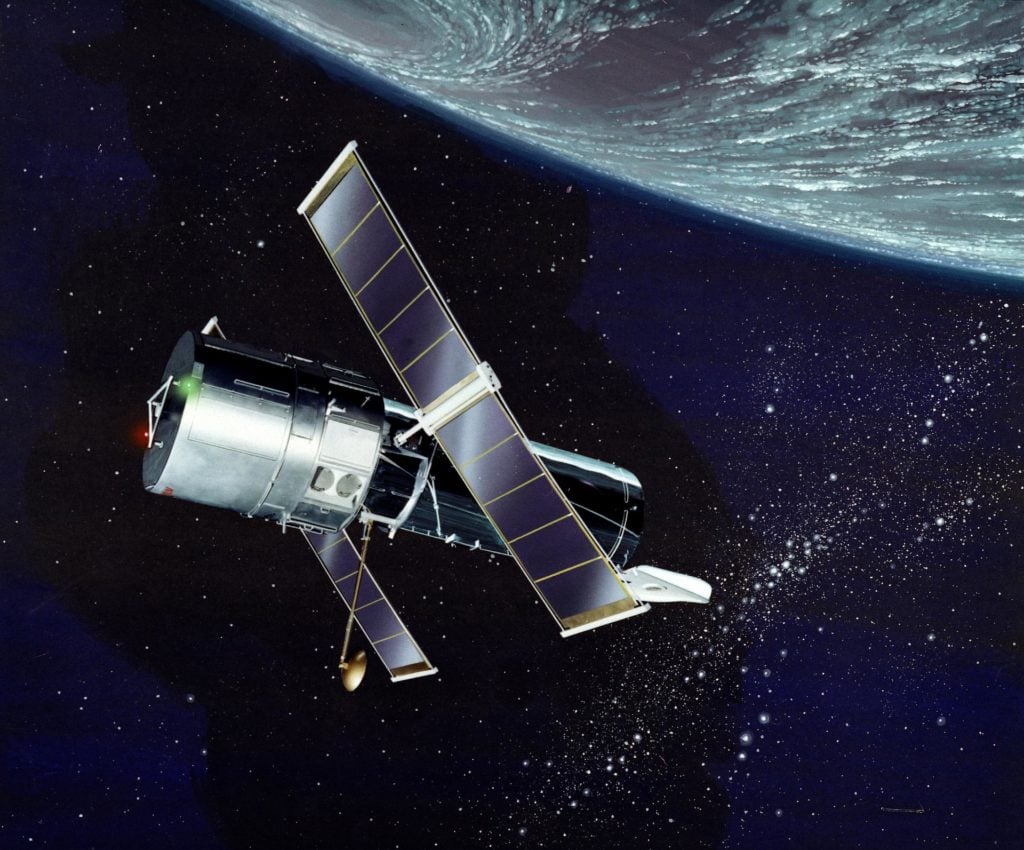
6. A Race Against Time: Challenges of Observation and Opportunities
The perihelion, or closest point to the Sun, of the comet on October 29, 2025 1.36 astronomical units will be just within the orbit of Mars. Ironically, this is the period when it will not be observable from Earth, as it is overwhelmed by the brightness of the Sun. The actual window of near observation is in early November, when 3I/ATLAS appears in the morning sky.
Ground telescopes, space telescopes, and even Mars-orbiting probes are being directed at this short window of time. The 3.2-gigapixel camera on the Vera C. Rubin Observatory will revolutionize the search for future interstellar objects and possibly find dozens more in the coming decade. Synergy between rapid discovery and follow-up is making possible what astronomers may uncover about these fleeting visitors.
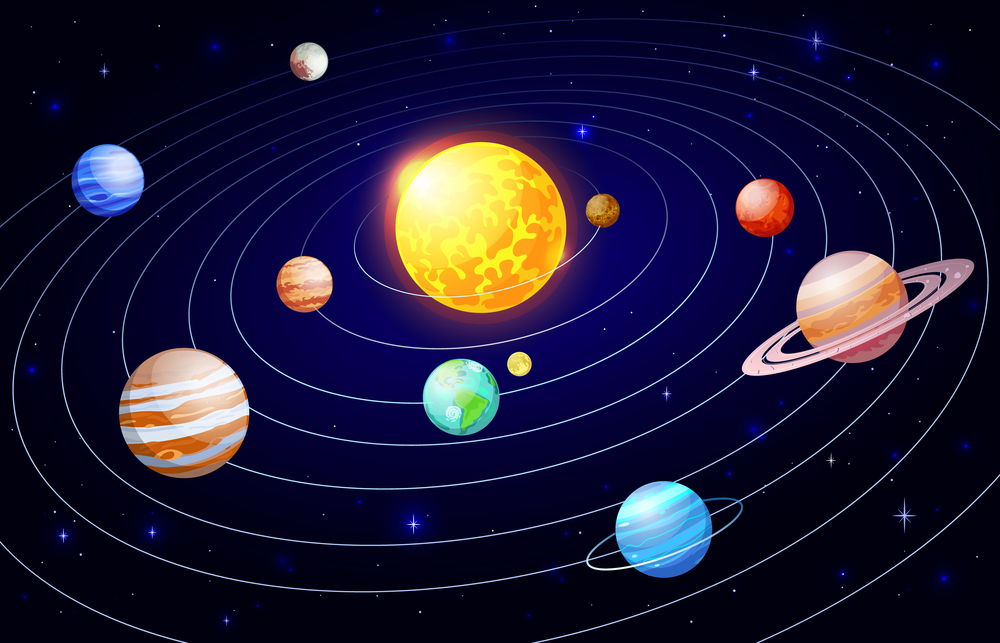
7. Broader Impact: Rethinking Planetary System Formation
3I/ATLAS is not novel, but a call to re-examine the formation and evolution of planetary systems. Its chemical signature, trajectory, and physical properties constitute an immediate test of processes that reign in the galaxy. As University of Leicester Professor Martin Barstow explained, “They certainly have chemical signatures from outside our solar system, so to get observations tells us a great deal about the possibility of material flowing between planetary systems.”
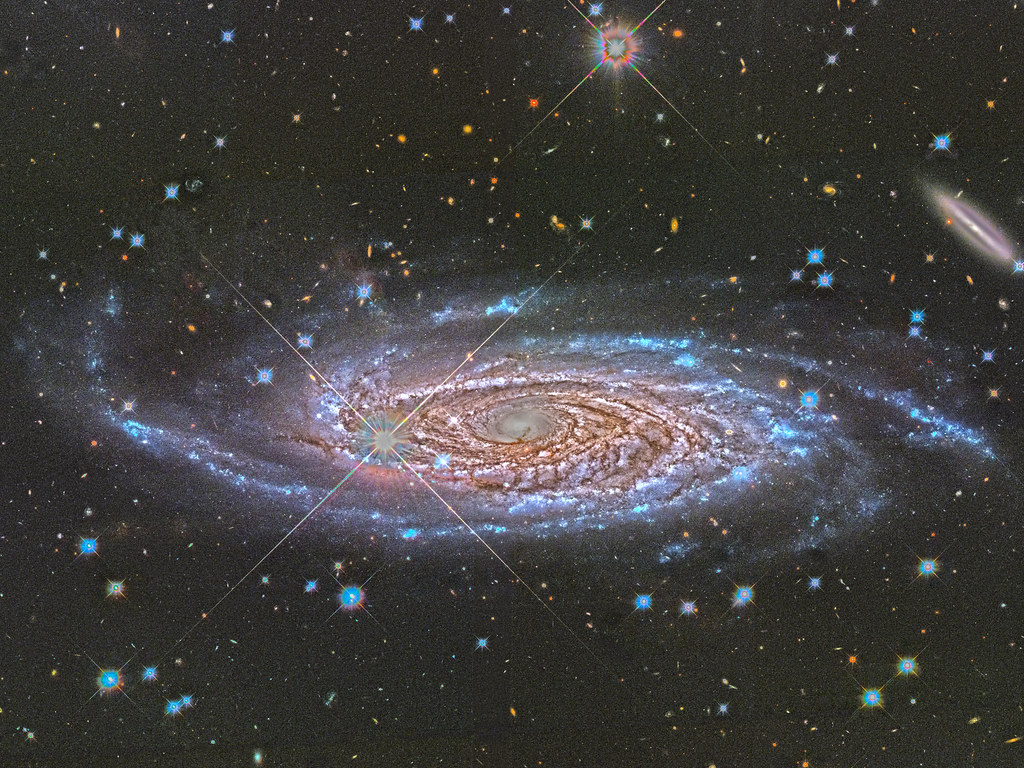
Even overtaking such an object in a spaceship is still out of reach, but what it reveals through 3I/ATLAS will shape theory on interstellar chemistry and planetary migration for the future. With every new interstellar visitor, another significant piece in the cosmic jigsaw is put into place, and it becomes apparent that our solar system’s past is entangled with the wider galaxy.
The short flyby of 3I/ATLAS by our solar system is a lovely reminder that the universe is by no means static. As telescopes and astronomers vie to contain as much information as possible, this interstellar comet is a messenger from deep time and a sign of things to come. The data it leaves behind will echo in astronomy for decades, enriching our understanding of planetary formation and the dynamic, interdependent nature of our galaxy.


